|
I have lots to update, hmm where to begin? I think I should probably get the bad stuff out of the way first. Forgive me Father for I have sinned. For quite a while I had noticed that I was harvesting less and less macro algae from the refugium, growth had slowed to almost nothing at all despite there being plenty of nitrate and phosphate available. The days of my tank having low nutrients were certainly in the distant past as they had been slowly but surely creeping up. At the last ICP analysis nitrate was sitting at 11.5mg/l and phosphate at 0.13mg/l. I'd also noted that the mini brittle stars that used to thrive in amongst the algae had dwindled from hundreds to zero (there are still lots in the DT). I'd come to the conclusion that Charlize the hitchhiker crab had been supplementing her diet with some brittle star meat. Anyway hair algae had taken a firm hold in the upper half of the refugium and was choking out the growth of macro algae below. This meant that there was even less algae available to the crustacean residents (Charlize and also Bruce the Emerald crab) at the bottom of the refugium. Then at the beginning of December, I discovered what was left of Bruce, had he also been eaten by Charlize? RIP Bruce. So on the 16th December 2019 I decided then to take the refugium out for a good clean, removing the old mud substrate and replacing it with some new, a long overdue task I must admit. I carefully salvaged as much of the macro algae as I could (a mix of Caulerpa racemosa and Chaetomorpha) and placed it, along with the naughty Charlize, into a bucket (with tank water obviously). I then disconnected the refugium and set about cleaning it. Once everything was clean(ish) I added a new layer of mud, refitted the refugium and carefully filled with water. After a while I reintroduced the macro algae and crab. So far so good, however things were about to take an unfortunate downward turn. It seems that by cleaning the refugium and/or replacing the mud I had altered the water chemistry and not in a good way either. The redox value dropped to 250mV and stayed there. Under normal circumstances the redox probe reads somewhere between 350mV to 450mV and to be honest I don't pay that much attention to it. The numbers bounce around depending on whether I've just fed the fish or done a water change. A value of 250mV however was definitely not normal. I wondered if the probe was reading accurately so I cleaned and recalibrated it but still the readings remained low. A few days after cleaning I noticed some suspicious looking brown algae starting to appear in the refugium and I just knew this wasn't going to be good. Sure enough after about a week or so I started to see signs of it appear in the DT too. It began by coating the gorgonians, the Plexaurella was particularly affected and closed up. Ten days after cleaning I discovered Charlize the hitchhiking crab dead in the refugium. Nooo! I couldn't believe it and felt so terrible guilty. Why did she die? My immediate thought was that the brown algae may have been the cause as some species of dinoflagellates are know to be toxic. I've have not been unfortunate enough to have to deal with this type of algae before but I've certainly read about it a lot. It looked just like typical dinoflagellates, brown and snotty with trapped air bubbles but just to be sure I took a sample and dusted off the microscope. My suspicions sadly proved correct. The tiny oval protozoans were swimming in a circular motion around an anchor point like a tetherball which is typical of Ostreopsis sp., this is indeed toxic to snails and other herbivorous creatures. I've read many horror stories regarding dinoflagellates in reef tanks, so to say I was feeling depressed was a bit of an understatement, I had visions of all my corals covered with brown snot and the sand littered with shells of dead snails.
According to my research there is no easy way to rid a tank of dinoflagellates and I certainly wasn't keen on the idea of performing a 5-7 day black out. I decided not to panic and continue tank maintenance as normal. I continued with the weekly water changes (yes I know these were not advised) and siphon out as much of the 'snot' as possible in an effort to give the gorgonians a tiny bit of relief. I don't know if it helped them but it certainly made me feel better. In the ensuing days the dinos spread to the tips of the Seriatopora hystrix but surprisingly nothing else seemed affected. Every morning I would count the number of snails to make sure they were all still present and correct. The redox level remained very low so on the 14th January I sent off a sample of water for ICP analysis just to check if the mud was leeching out something nasty but as you can see from the link below the results looked OK. Nitrates and phosphates were lower than the previous test but not that low. lab.atiaquaristik.com/share/6bba53665864d463b982 Since I'd effectively removed most of the beneficial bacteria and critters from the refugium (except for amphipods and mysid shrimps) I decided it might be a good idea to add some diversity back in the form of some live rock rubble. This proved easier said than done as nobody seems to stock actual live rock anymore, it's all artificial or dead rock and bottled bacteria these days. I tried ordering some in from a local shop but when I went to collect it, it was just a bag of dry rock, sigh! In the end I located an online shop that was out of stock but expecting a fresh delivery of Australian live rock in the next few weeks or so. I decided to preorder a small amount and crossed my fingers that it wouldn't take too long. In the meantime the redox gradually started to creep back up again and by the end of January it had hit 350mV once more, the gorgonians started to pick up again. The first to bounce back was the Muricea followed by the Pinnigorgia and finally after over a month of looking completely dead the Plexaurella shed a layer of algae/mucus and the polyps came back out again, sadly a couple of branches had stripped but at least some of it was still alive. I also only had to frag off one of the Seriatopora branch tips and the rest bounced back in no time at all. As of today the dinoflagellates have almost completely disappeared from the DT, if you check the Pinnigorgia very closely there is still some evidence of some thin brown strings in one area of low flow but there's not much left at all. I am hoping in another month or so it will have gone altogether, I have my fingers crossed. Oh and just as things were starting to look up I received acknowledgement that my small order of live rock was available and ready for delivery (20th February 2019). That story will have to wait until another post, oh the stress is never ending....
0 Comments
I decided that the clean-up-crew needed a bit of a boost. Whilst I still have two original Ceriths introduced in November 2016, the pair I added 6 months later are no longer with me. I don't get to see these snails very much as they only come out to play when the lights go out but I find they are hard workers and (in a very, very small way) useful keeping the sand turned. So I introduced 6 more. In addition to which I added 5 more teeny-tiny Blue Leg hermits (complement the two already present) and, after much deliberation, an Emerald crab. I have wanted to keep an Emerald crab for ages but have always wimped out of adding one at the very last minute, this time however I actually went ahead and did the deed. I had hoped that it would deal with an ever growing number of Valonia (bubble algae) that were popping up on one particular piece of the rockwork. On day one the Emerald crab (Bruce, as he is now named) picked at the rockwork (good) and sampled the Superman Montipora and Seriatopora hystrix (not good!). On day two some of the small fan worms that I'd been carefully nurturing disappeared but I'd kinda expected this, what I didn't expect however was to wake up to 3 complete branches of Seriatopora stripped of flesh. Alarm bells were definitely ringing. Day 3, things looked worse for the Seriatopora, losing fans worms is one thing but eating corals is a no-no so a quick herding with a pipette into a glass cup (not too bright this crab) and down into the refugium he went. Now Bruce spends his days in bliss and munching on the veggies like he's supposed to. Sadly he never got the chance to deal with growing number of Valonia in the DT. Here's a quick pic from day 1 before he blotted his copy book: And now here's a quick video of him living it up in the veg paradise that is the refugium, those grapes are oh so tasty (but maybe not so much as coral, rofl). Apologies for the freaky red lighting, it's not great for videos but the algae seems OK to grow under it. Not much new to report really, everything seems to be ticking along and there have been no new additions. I harvested a load of macro algae from the refugium as the upper half was a completely solid mass. I think I might have been a bit over zealous with my pruning as the algae growth seems to have stalled somewhat since then. A knock on effect being that the nutrient levels within the tank have risen slightly. On the 9th January phosphate tested at around 0.046ppm and nitrate 0.35ppm using the Elos low range kits. When I tested again on the 10th January the phosphate level had crept up to 0.08ppm and nitrate to 1ppm. Hopefully once the algae growth picks up again the levels will stabilise as I don't really want the phosphate level to get any higher. I must get into the habit of harvesting smaller amounts of algae on a more regular basis. I've also been chasing the male pintail wrasse round in the hopes of capturing a decent photo of him displaying to the female but boy, he's really fast! I have multiple shots of just his tail or the rear half of his body, lol. I am very persistent though, thank goodness for digital cameras or I would have probably given up by now. I finally relented and moved the Balanophyllia to the sump, it was on the fast track to coral heaven if I left it in the DT thanks to the Pintail's attentions. It's so much easier to feed down there now, especially during the day as the refugium is reverse lit so it's nice and dark. The good news is whilst the flesh on one side has receded quite badly due to the earlier infection it doesn't appear to be getting any worse and it's certainly happy to start eating again. It's a pale shadow of what it once was, the photo below shows how far the tentacles currently expand (and the receded skeleton). I hope it improves and opens up fully again. The green tentacled corallimorph was looking a little more extended than I usually see it during the day so I whipped out the camera for a quick snap of that too (with flash). It looks like an anemone (and is commonly called a ball anemone) but actually is a part of the mushroom family. It hitchhiked into my tank on a small piece of zoanthid rock and doesn't appear to have spread much in 8 months time, mind you neither have the zoas either, lol. I think it actually looks rather attractive. I'll sign off with another short video. It's not much different than the last one I posted tbh but hopefully still enjoyable to watch. When the lights switch off above the display tank there's still plenty of action to watch down below in the refugium.
My tank is exactly a year old today! Wow, where has the time flown to? I've been a bit lax with the updates recently so there's lots to catch up on.
First lets get the bad news out of the way. I'm afraid that I've lost the lovely Tridacna maxima clam, it simply never thrived in my tank. Before adding it I carefully checked the shell looking for any nasty hitchhikers but I never found any. I must have missed some (or their eggs at least) as I started to notice some pyramid snails feeding on my precious Trochus and Turbo snails. Nooo! I checked the clam regularly at night with a flash light but never found any of the little devils feasting on it. After two and a half months it finally it became clear that the clam was doomed so I decided to remove it before pollution became an issue. I checked it over again when it was out of the tank and still couldn't find any pyramid snails on it. These guys are so small and clearly hide really well! Later on three teeny tiny ones did emerge from inside of the clam, it's hard to imagine that just three could have any impact on an animal so much larger than they but clearly over time they do. Unless of course the maxima was suffering from something else too? At this point there's not much I can do about the pyramid snails, I am removing any that I see every day and I've become quite adept at spotting them now. On average I remove about 10 per day. The wrasse are sadly not eating them, come on guys I could really do with a helping hand here, sheesh earn your keep why don't you!! At least I haven't lost any of the snails yet and my original Tridacna crocea clam seems to be doing fine, it's laying down new shell so I take that to be a good sign for now.
The other blip on my reefing horizon is the Balanophyllia. It just doesn't look as good as it once did and I can't work out why. Am I feeding it too much or not feeding it enough? I had been offering it a piece of food once per day (at night), generally PE mysis, clam, Krill or lancefish, perhaps that wasn't enough to sustain it? So I decided to up the feedings to multiple times per day (anywhere between three up to a maximum of five a day) but this seemed to make no difference at all (in fact the coral looked a little worse) so now I'm trying less food. It's really frustrating because the sun coral is looking fantastic on a single feed per day.
Apart from the above everything else seems to be doing OK. The fish are all good, Rei the Yellow wrasse eats like a horse and is noticeably bigger. The best news is that my Tomiyamichthys nudus gobies have finally paired up with the Red Spotted pistol shrimp so I get to see them all much more now. The male goby still goes MIA every now and again but always resurfaces at some point. The gobies and pistol shrimp do not naturally associate together in the wild but I suspect they have done so in my tank because there are simply no other alternatives.
The corals are getting bigger and some are starting to get close to each other already, war is on the horizon I expect.
The zoanthids are spreading nicely especially the Utter Chaos, these are reproducing at a phenomenal rate and unfortunately over taking some of the original slower growing morphs. Whatever was afflicting the Red Tuxedo zoanthids seems to have subsided and I've not lost any more recently, I hope that's the end of that.
After a bit of a slow start the algae in the refugium has really got going now and the amount of life in there is incredible. It's amphipod, mysis shrimp and brittlestar heaven! Charlie the hitchhiking crab is alive and kicking and still growing. She was such a tiny thing when I first noticed her in the DT hanging out in the Seriatopora, now she's huge in comparison.
Life in the refugium.
Whenever I harvest any algae, I spend the following 30 minutes rescuing brittlestars from amongst the fronds. Well I can't just throw them out can I? It's easy to see how they are reproducing by division.
My first canister of ATI Carbo EX came to the end of its life in September, it lasted just over 3 months which I don't think is too bad. I have decided to continue with the CO2 scrubbing and have replaced it with a fresh cartridge.
Last week to celebrate the fact that the tank was approaching its first birthday I decided that some new additions were required. There was a gap (left by the T. maxima clam) that was just crying out to be filled. OK it didn't really need to be filled but what can I say, any excuse to shop for new corals.
I decided another encrusting Montipora sp. would do nicely and since it was likely to be the last addition (never say never tho) I wanted something special. I decided the Beach Bum (what a name!!) Montipora would contrast nicely with the three that I currently have. Since I was mail ordering from a fellow reefer I found I couldn't just buy the one coral so I ended up with frags of Hawkins Echinata (Acropora echinata) and a Sunrise Goniopora too. My name is Lisa and I'm a coral addict, lol! Here they are on the sand awaiting fixing (squeezing!) in place.
Phew that was a marathon (are you still with me?) before I sign off I'll add a few more updated photos. After all who doesn't love a bit of eye candy?!
It's four months since this little tank was set up and all seems to be going really well. Almost a bit too well actually, I'm expecting something to go wrong at any moment, it's usually the way. I'm keeping a close eye on the water parameters now that I have added a few more corals. In the past I have really struggled to keep the alkalinity and calcium levels at appropriate levels even with the use of a calcium reactor and kalkstirrer. As soon as it was pumped in it was sucked up by the corals and clams. This time round I'm hoping to maintain good levels with careful dosing. The parameters today were:
SG 1.026 Alkalinity 7dKH Ca 408ppm Mg 1275ppm Nitrate undetectable Phosphate undetectable The above were tested using a refractometer, Salifert test kits and a Hanna pocket checker for the phosphate. I'm fairly sure that my phosphate level is not really zero but it must be pretty low and there is very little in the way of nuisance algae growth in the tank apart from a bit of furriness on the rocks. I do not know what the furriness is but it doesn't look too unsightly and stays short. In any case there seems to be less of it now. The macro algae growth in the refugium has been disappointing to date, considering the lack of nutrients I suppose it's not entirely surprising. As long as the reason is not down to a lack of flow or lighting, time will tell, I can't imagine this situation will last for long. I've started dosing a small amount of Reef Roids and KZ Sponge Power recently so they may affect the levels in the future. You'd think that over 4 months I'd de familiar with all the livestock in my tank, well no actually. A couple of days ago I noticed that the Seriatopora had retracted its polyps and on closer inspection I discovered a small crab sitting at it's base. Where on earth had he suddenly popped up from?? I highly doubt that he came in on any of the SPS frags as they are too small to conceal a crab, I suppose it could have hitched a ride in on the zoanthid rock but the most likely explanation was that it was hidden in the live rock when it was first added. It doesn't look like it's chowing down on coral flesh (at the moment, heh!) so I'll leave it be for the time being and watch and wait. I hope it behaves itself or we'll be having some fun and games with extrication later on. So my tank seems to have passed the first coral test, all of the frags I introduced 12 days ago are still alive. Phew! The Stylophora is even showing signs of growth. I think it might be time to add a few more at the weekend and maybe even another fish.
The coralline has really started to take off, I'm seeing spots of growth on the pumps and on the back wall too. I am undecided as to whether I should scrape it off for a nice clean look or leave it au naturel. I'll live with it for a while and see how I feel when the coverage increases. Spirorbid worms have also begun to appear in the DT and in the sump too. The tank parameters as of this morning are: Specific Gravity 1.026 d SG Alkalinity 6.85 dKH Calcium 425 ppm Magnesium 1270 ppm Nitrate 0 ppm Phosphate 0 ppm I'd like to tweek the KH and Mg up a bit more but those values are not too bad. I am extremely surprised not to have any detectable NO3 or PO4, this is a bit of quandary for me, I don't think I've ever had a tank with no (or low amounts) of NO3/PO4. I guess the Siporax and refugium must doing their thing, it is early days though and stocking is light I so expect that the levels will rise soon. I do have a bit of furry algae growth on the rocks and a film of algae forms on the glass so I know that there must be some nutrients hidden in there even if the tests say different. The tank is now just under 10 weeks old and all the equipment is finally up and running bar the dosing pump for Balling salts (that's going to have to wait a while as I'm currently penniless at the moment).
The sump has changed quite a bit since the initial set up photos were taken. Within it now resides a Deltec SC1351 skimmer, a Schego 200W titanium heater, a Tunze 1073.02 return pump and the sensor for the Reefloat ATU-pro3. Additionally it now contains siporax in three separate baskets, two in the sump and one in the old ATU tank. Altogether they contain 5l of media and will be cleaned on an alternate basis to minimise disruption to the bacterial colonies. To the left of the sump sits a DIY refugium, it's a bit of an odd shape, tall and narrow, it remains to be see if it will grow algae efficiently or not. It is lit by a Beamswork Evo 6500K 18W LED on a reverse cycle to the display tank. Presently it contains a layer of Tropic Marin reef mud and a variety of macro algae (Cauperpa prolifera, Caulerpa serrulata, Chaetomorpha and a tiny bit of C. racemosa that sneaked in with the Chaeto). Both the refugium and the old ATU tank are supplied with water from the overflow via a small Eheim pump, they have been fitted with bulkheads to allow the water to flow back down into the sump and up to the display tank (DT) via the return pump. I have removed the filter sock and to begin with I ran the tank without any form of mechanical filtration. Recently however I decided to add a bit of filter floss as I was starting to see increased levels of particulate matter in the DT. The electrical sockets are sited away from the tank in a cabinet to the left, along with the RO reservoir for the ATU. |
AuthorHi, my name is Lisa and I live in Derby, UK. I am a self-confessed reefaholic! Archives
July 2022
Categories
All
|
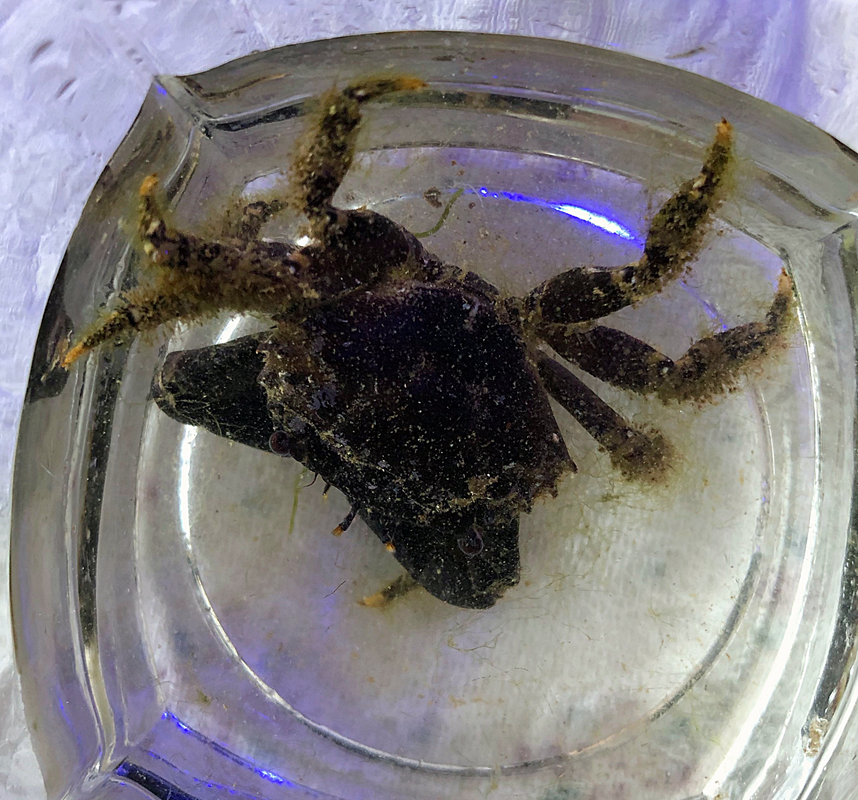
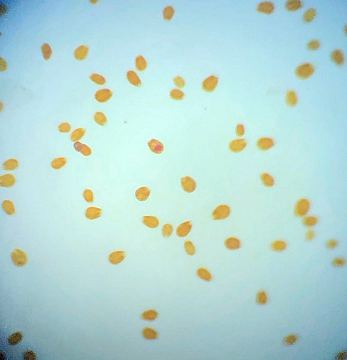
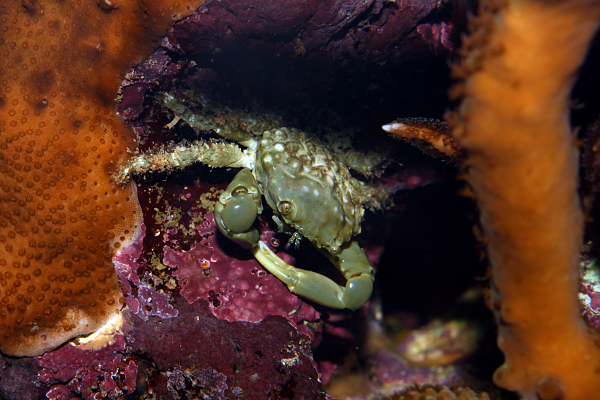
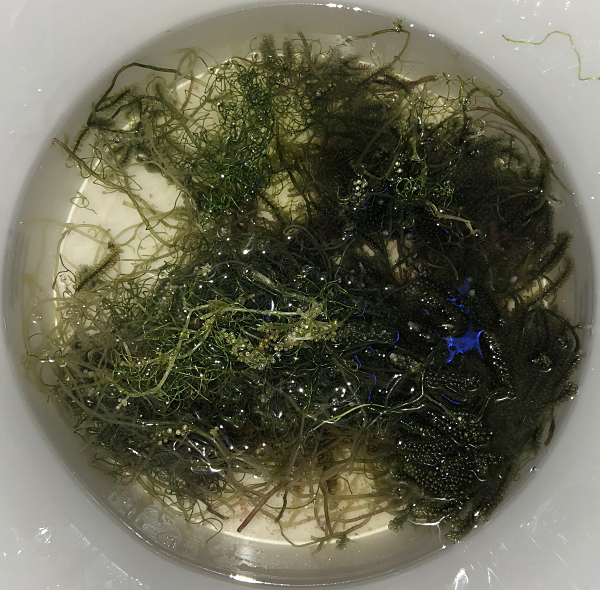
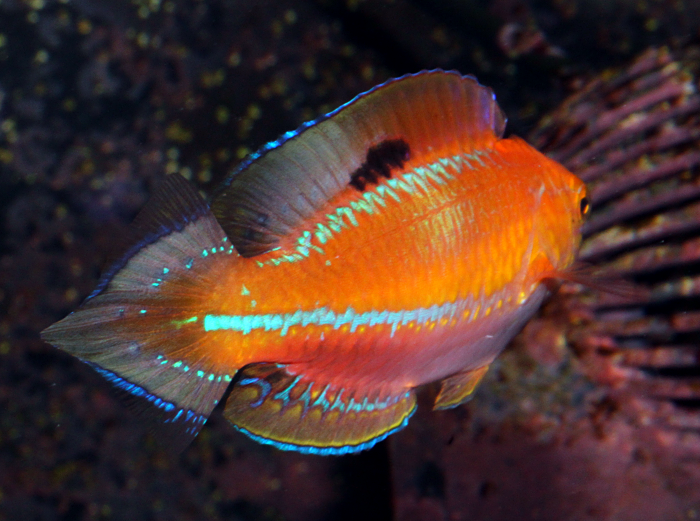
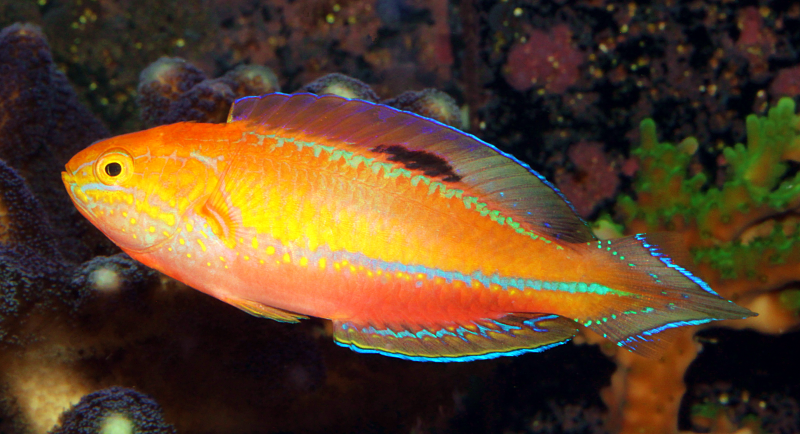
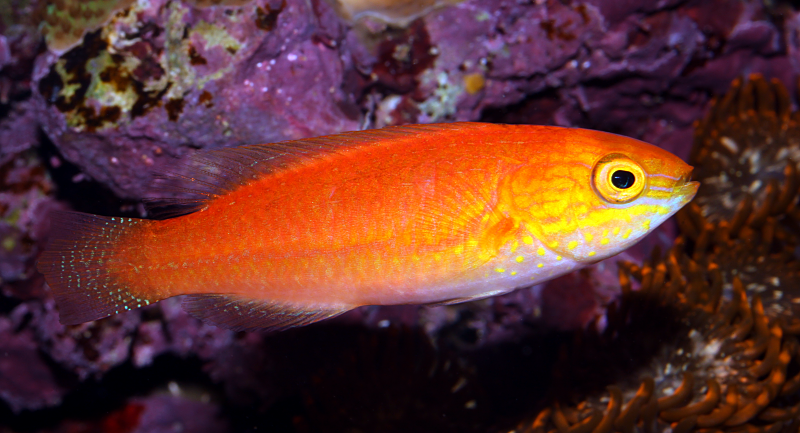
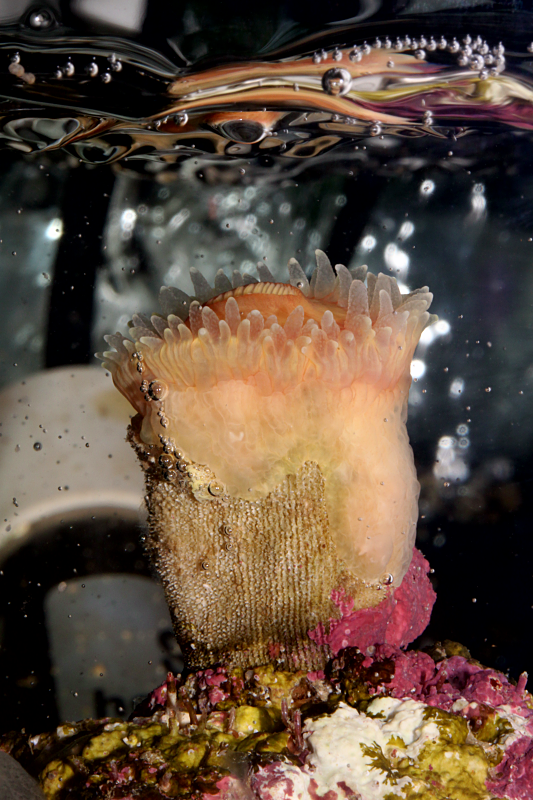
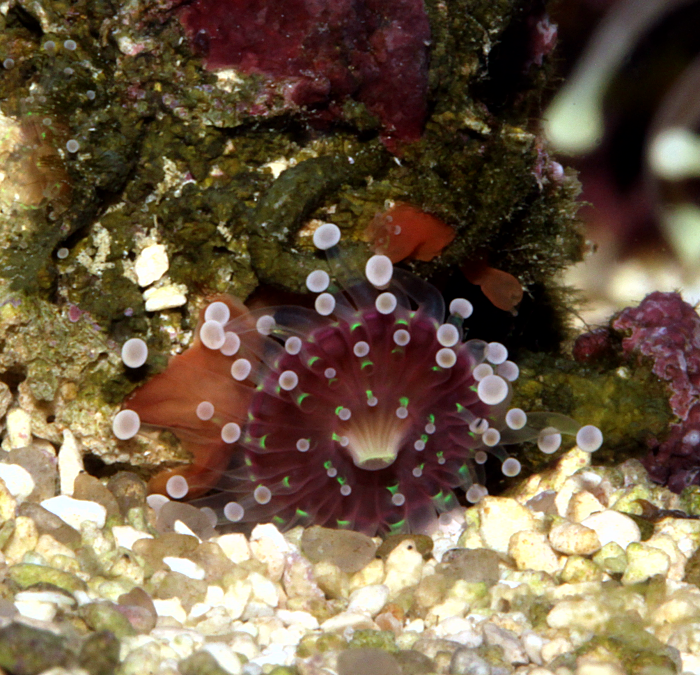
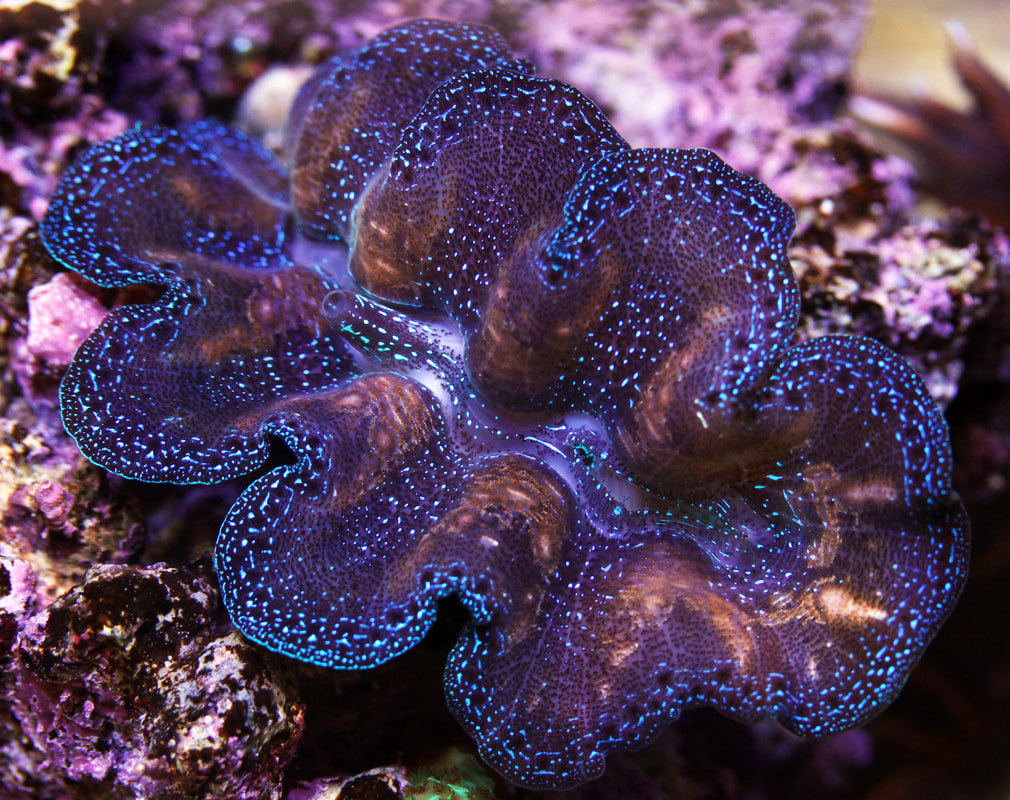
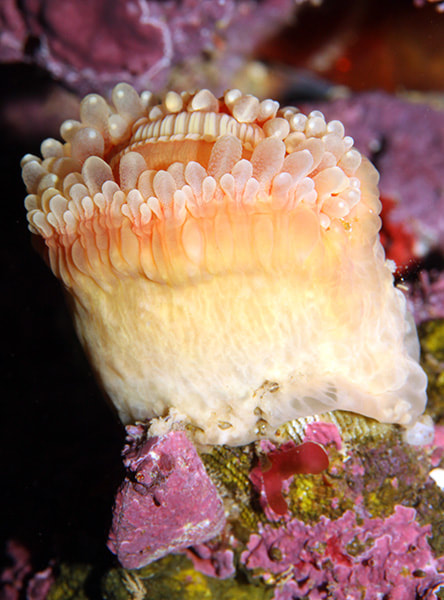
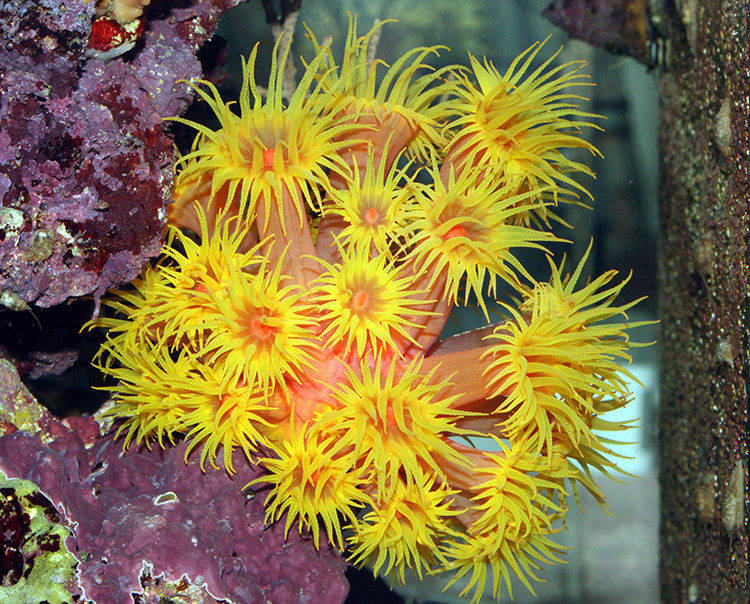
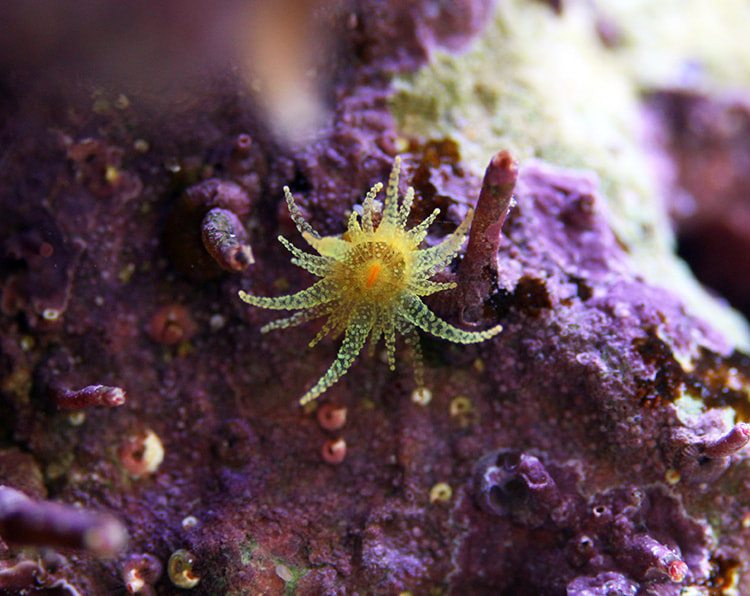
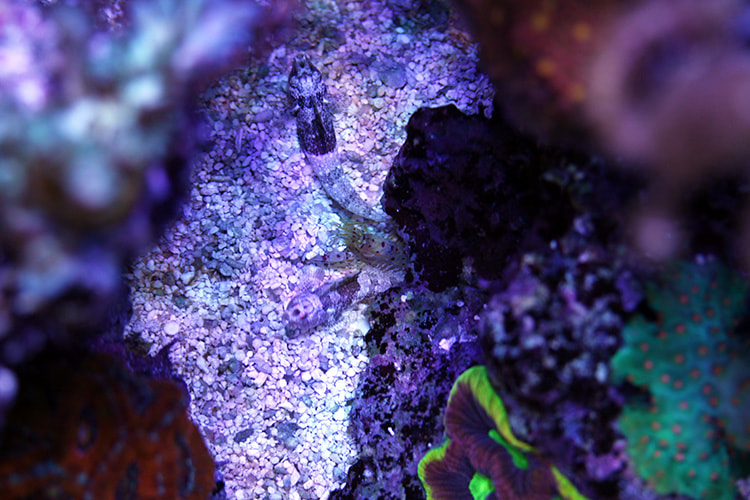
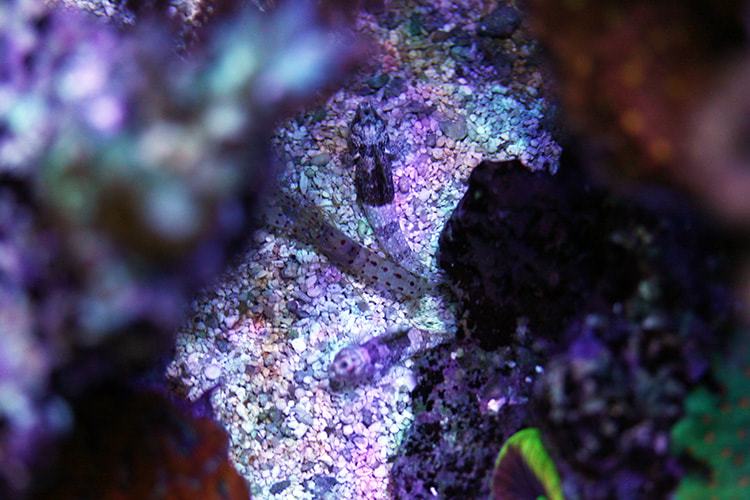
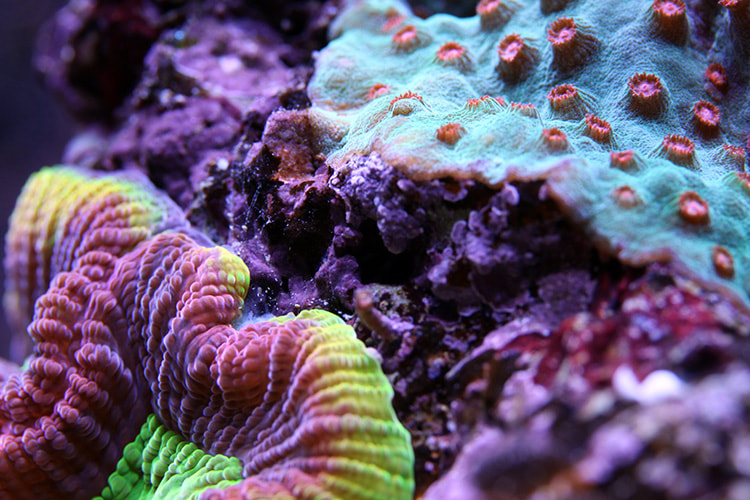
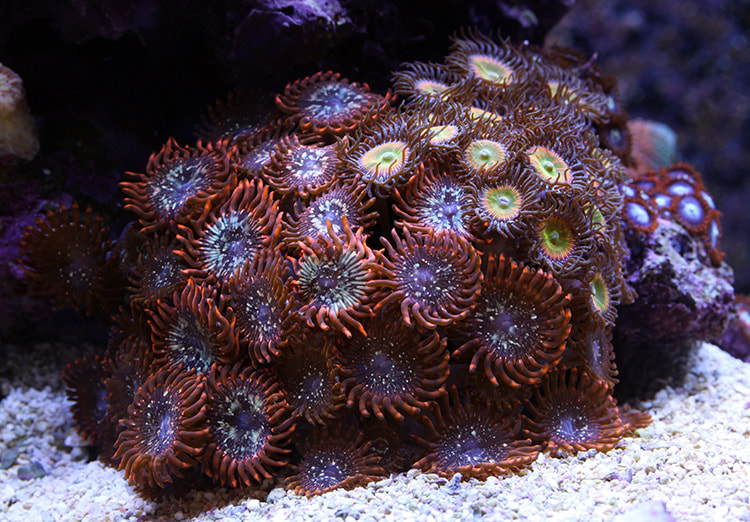
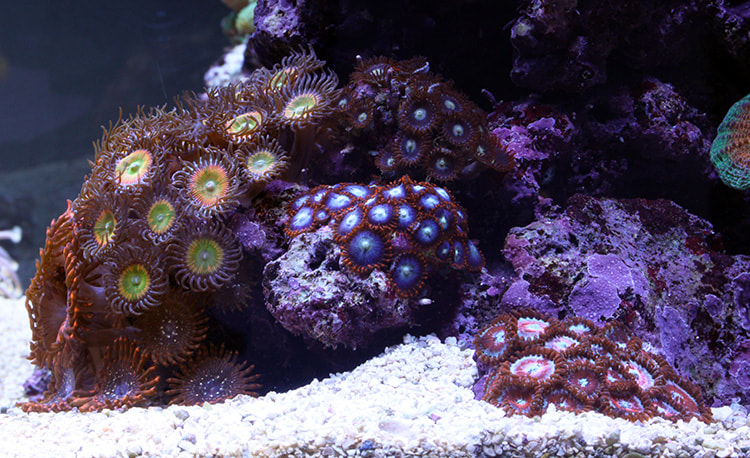
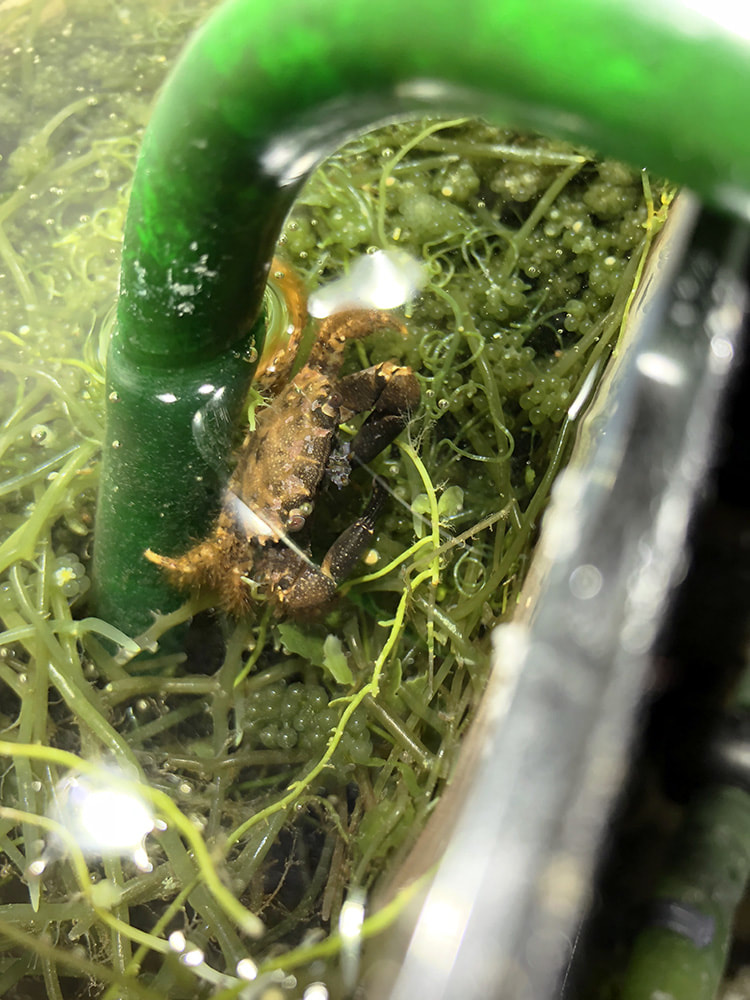
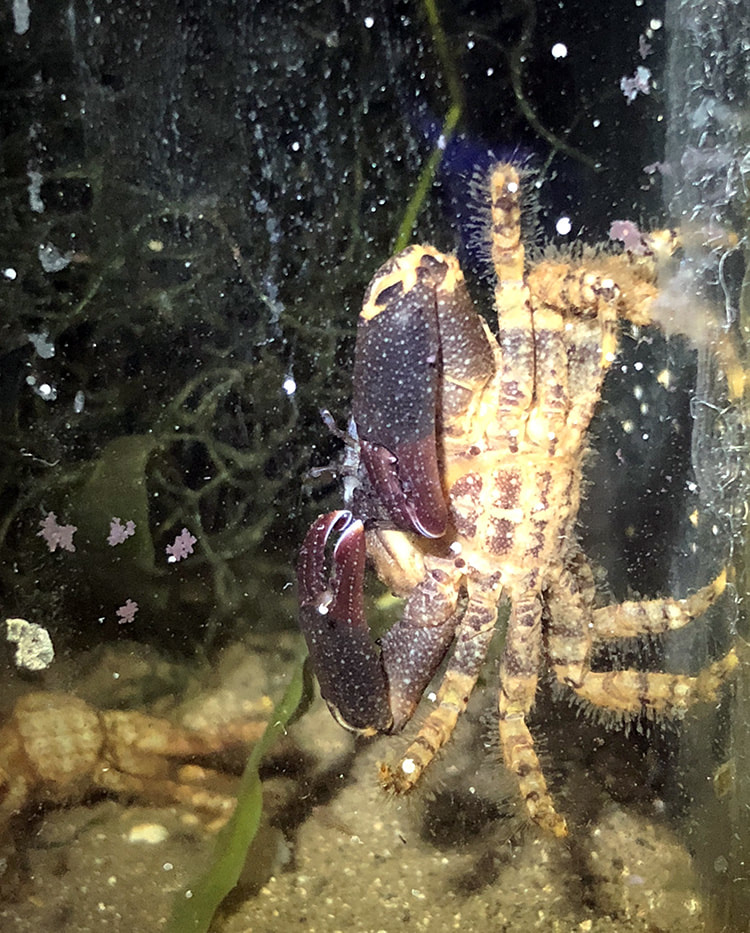
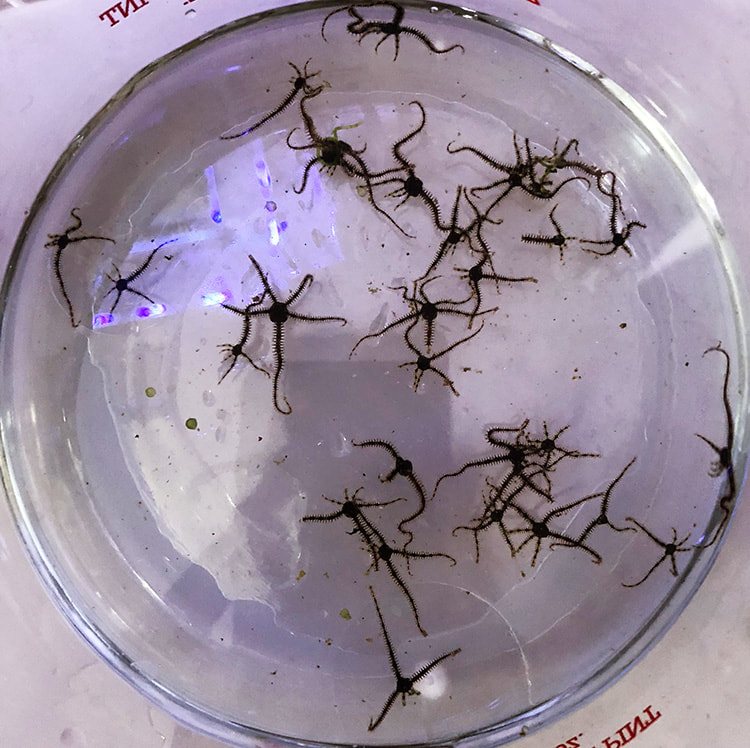
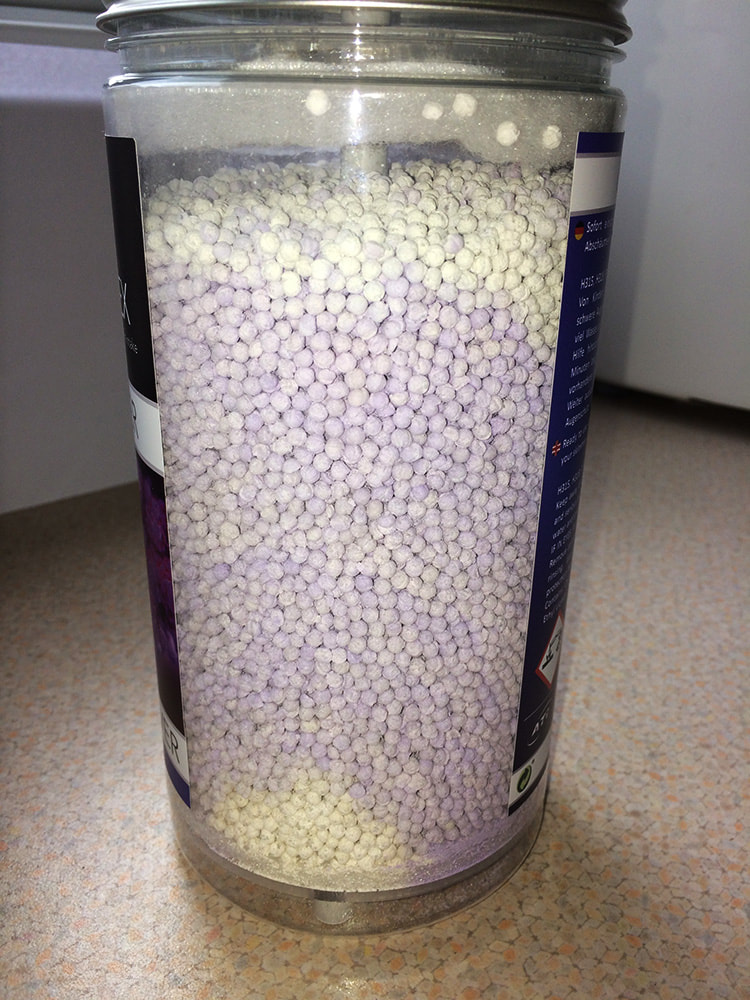
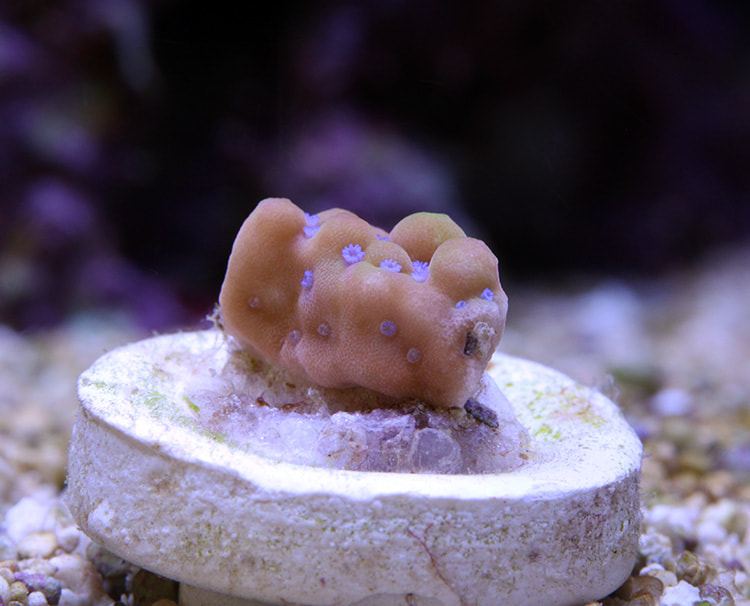
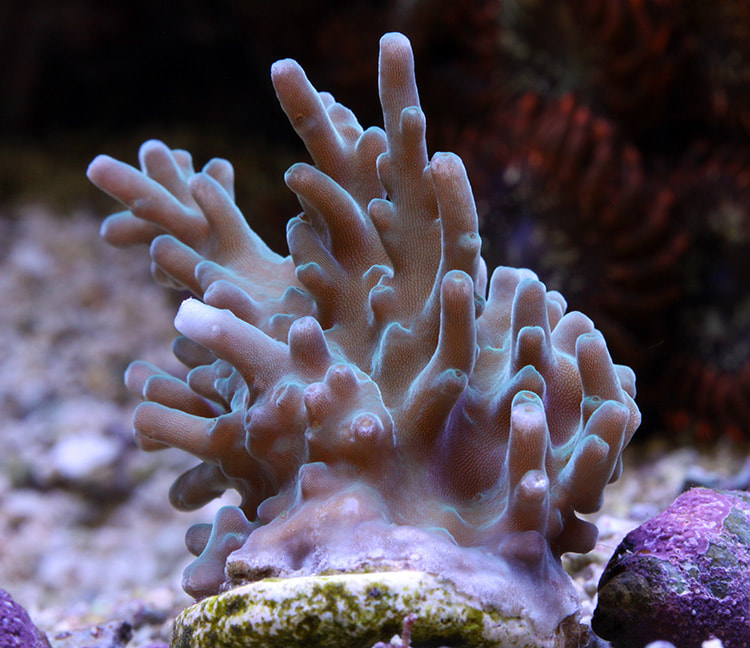
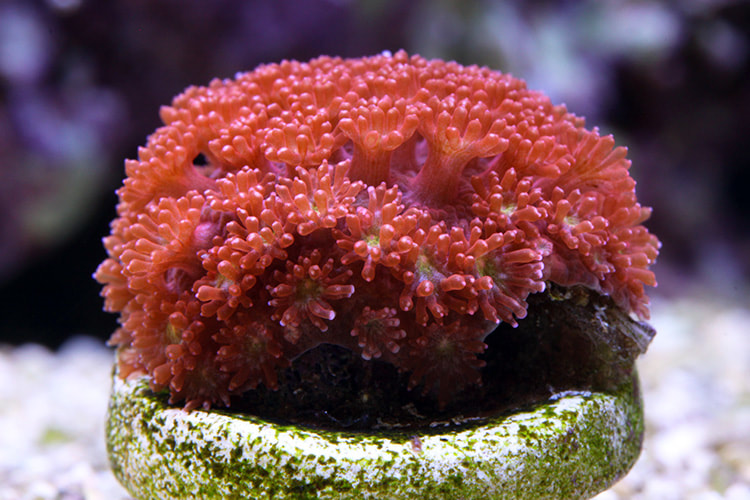
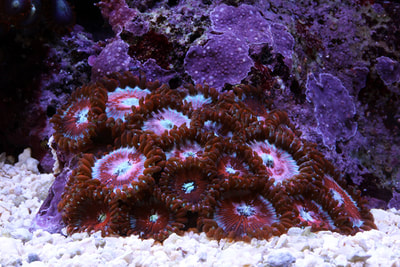
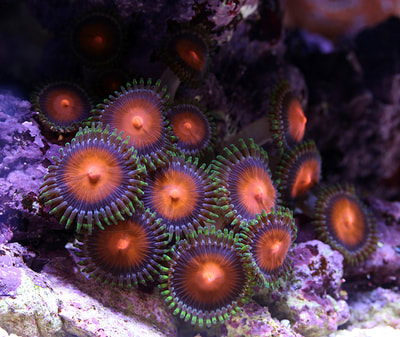
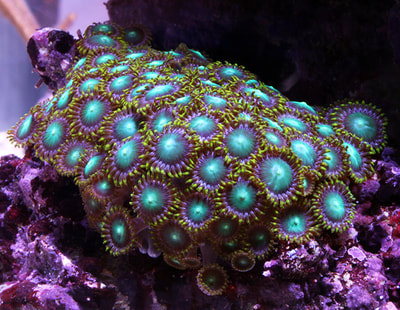
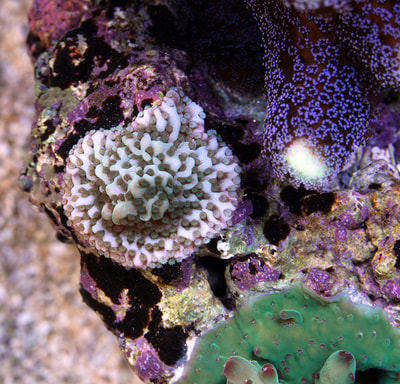
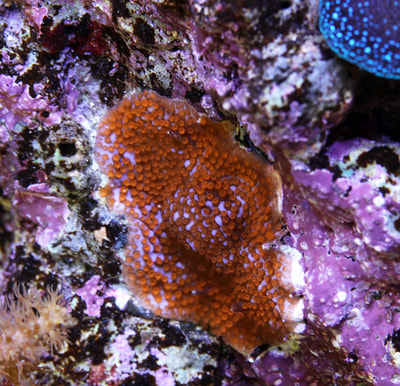
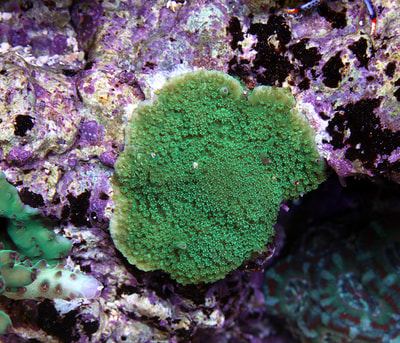
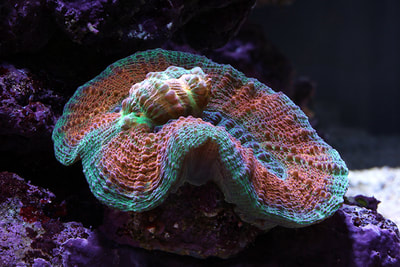
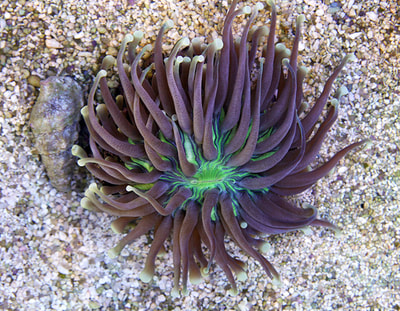
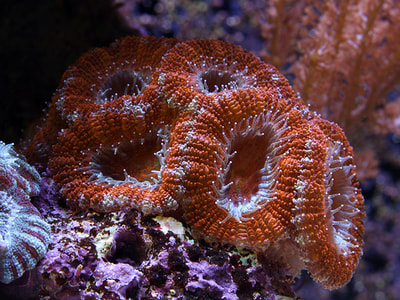
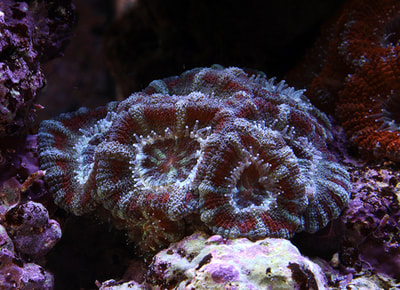
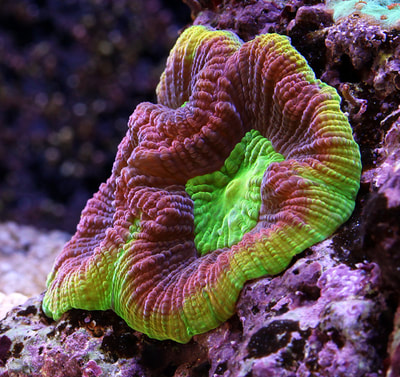
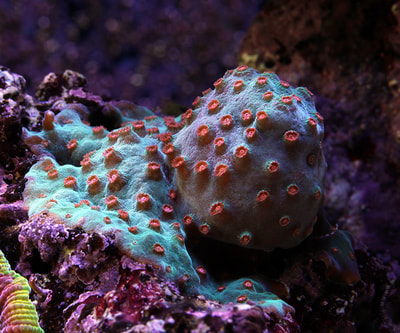
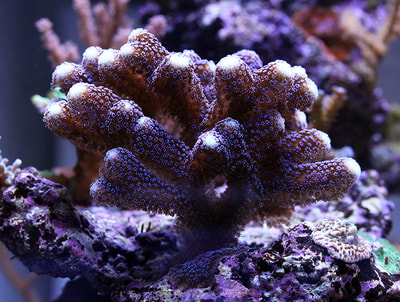
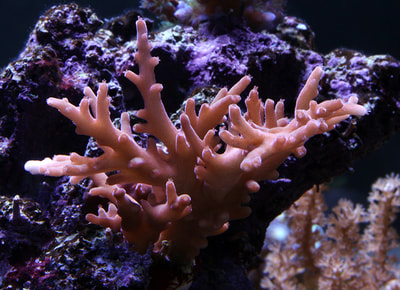
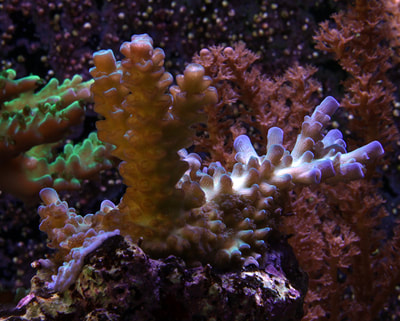
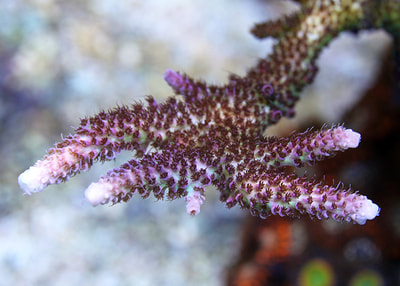
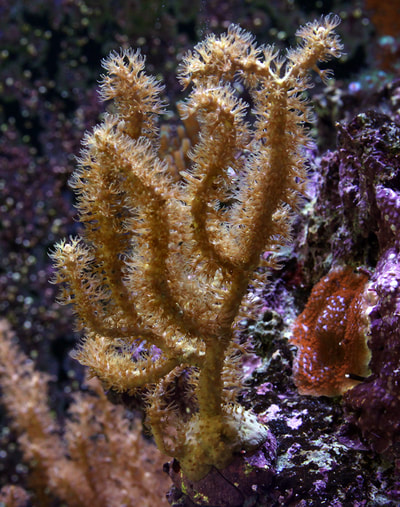
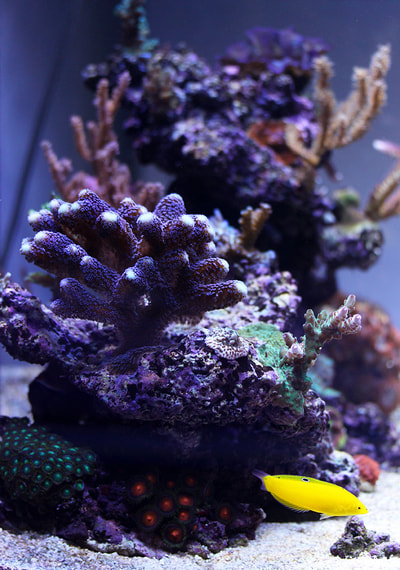
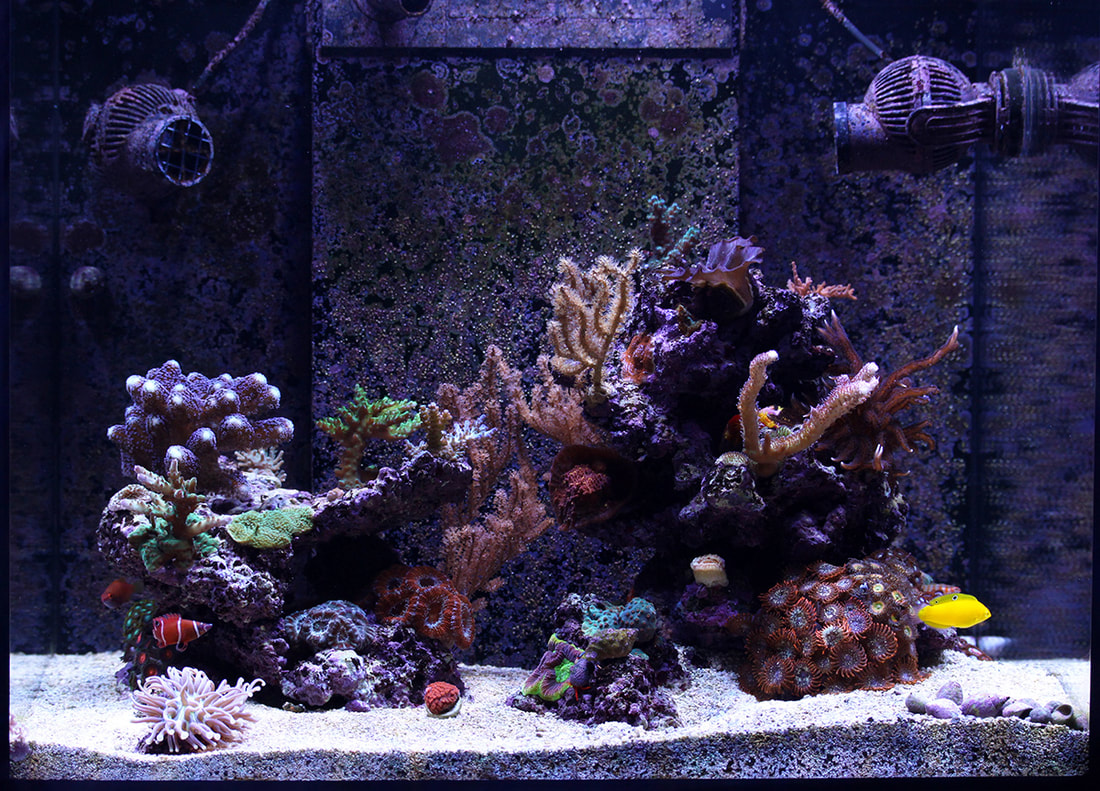
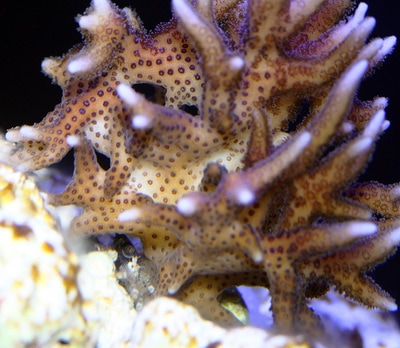
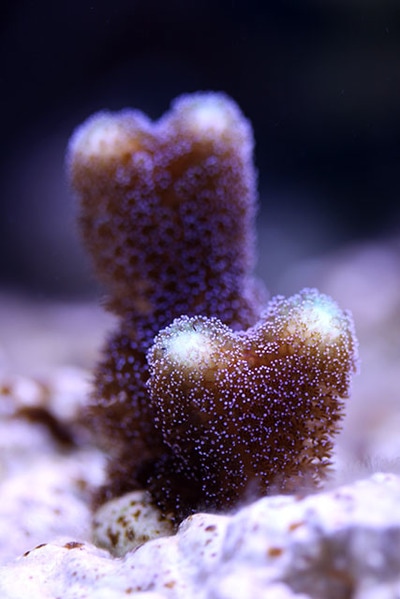
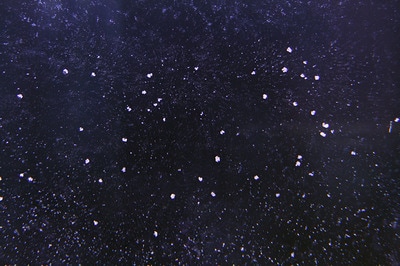
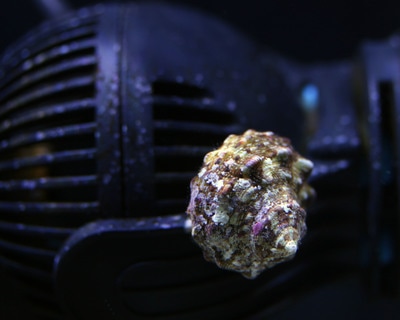
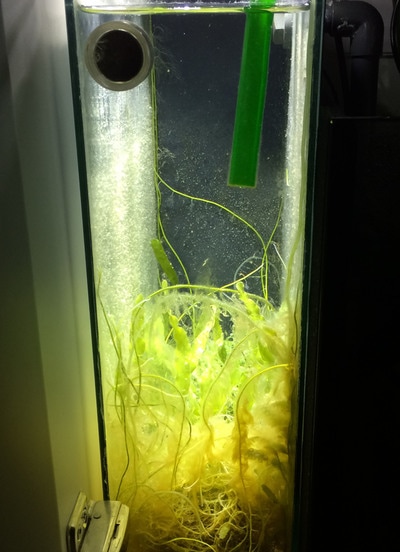
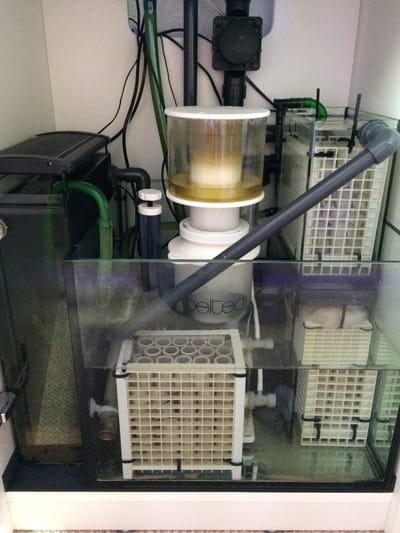
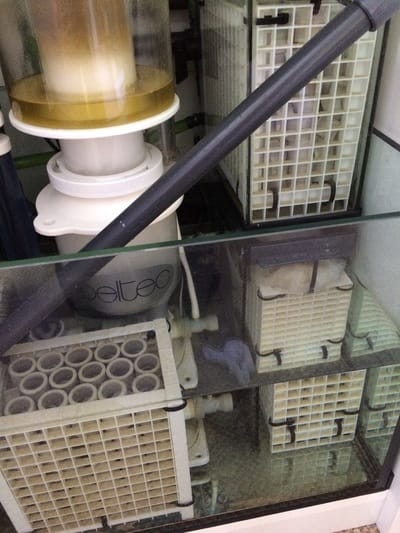
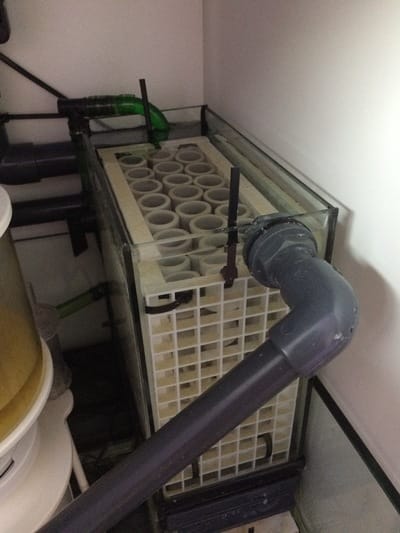
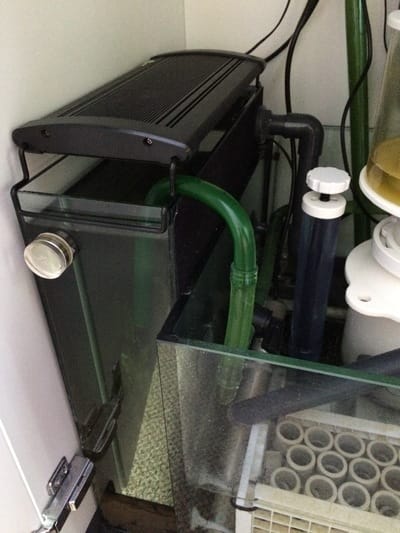
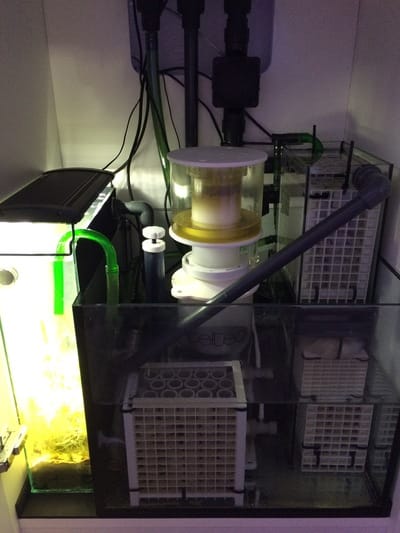
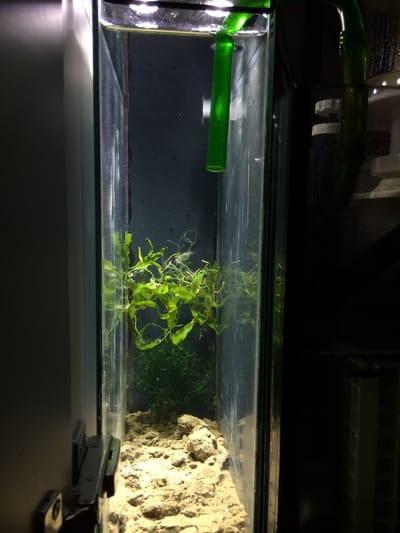
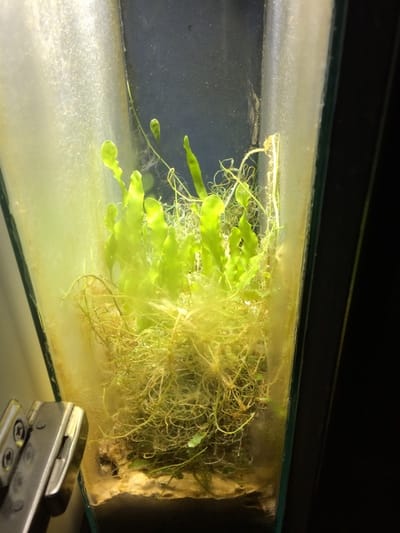
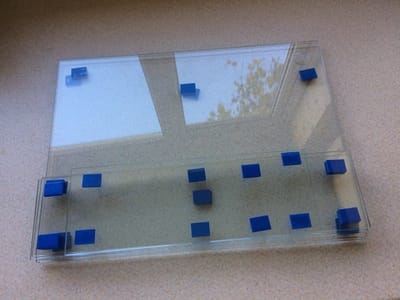
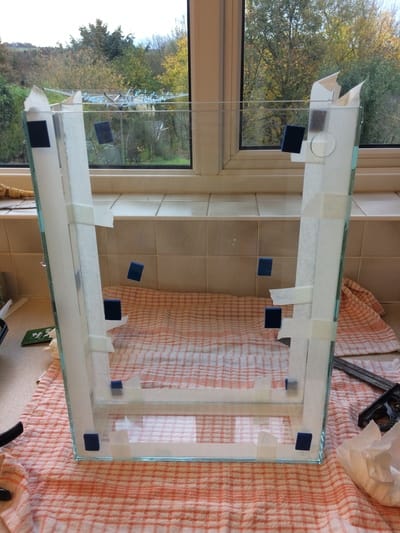
 RSS Feed
RSS Feed
